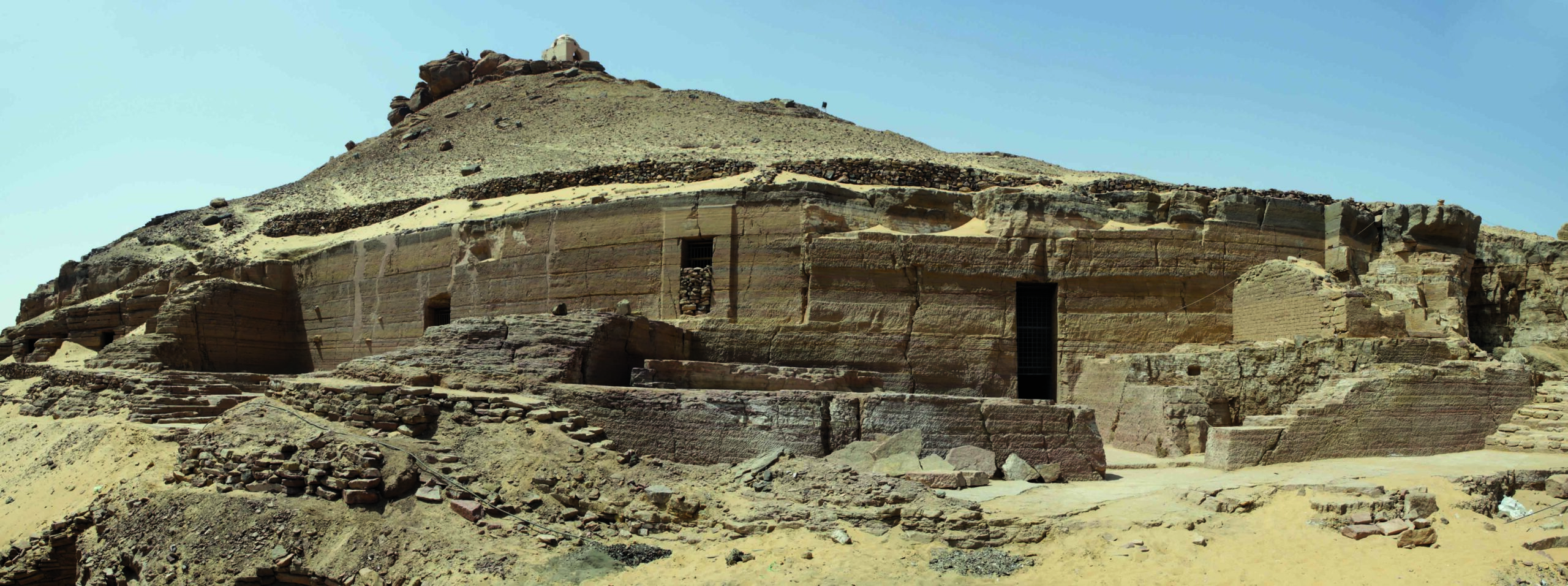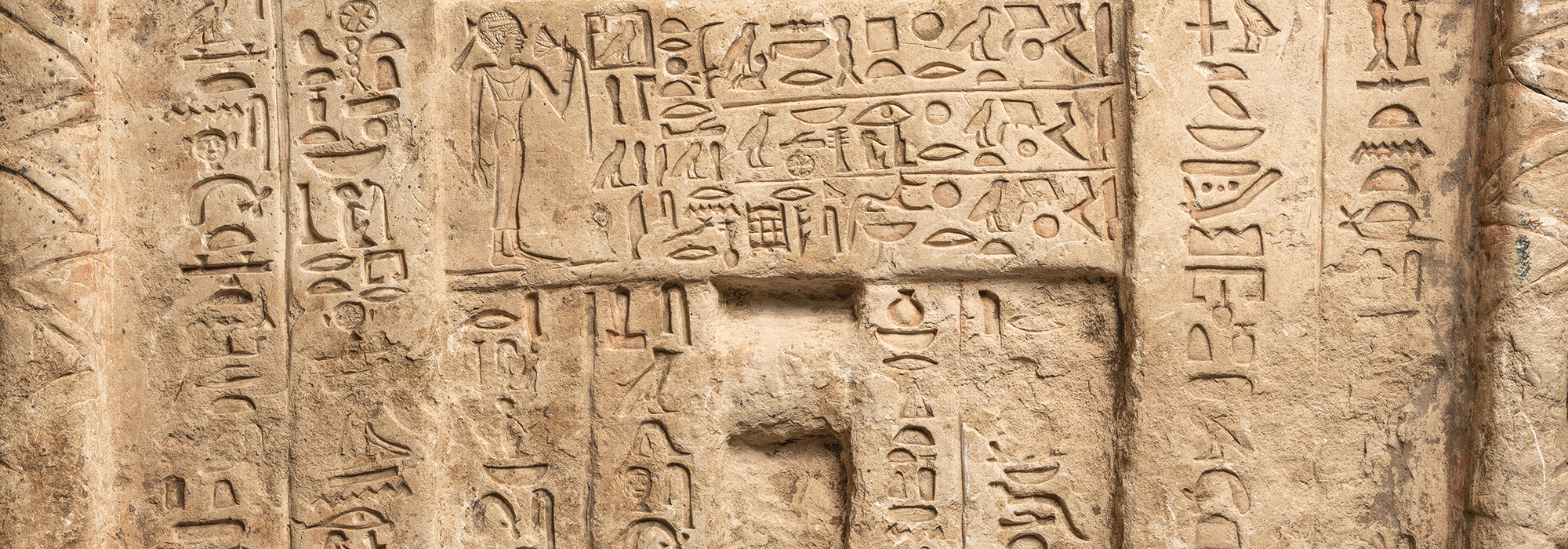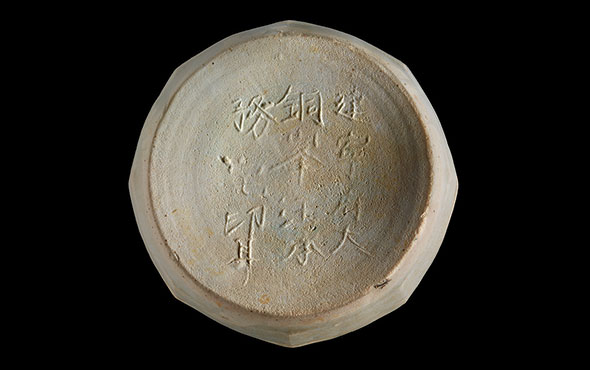
PRAGUE, CZECH REPUBLIC—Live Science reports that a team of researchers led by Miroslav Bárta of the Czech Institute of Egyptology at Charles University in Prague discovered a looted tomb complex near the pyramid of Neferirkare (r. ca. 2446–2438 B.C) in Abusir. The tomb is thought to have been built for a priest named Kaires, who may have served during the reign of Neferirkare or that of his predecessor, Sahure. An inscription on a statue of Kaires in the tomb identified him as the “sole friend of the king” and “keeper of the secret of the Morning House,” where the pharaoh dressed and ate breakfast. The statue also identified the priest as “overseer of all king’s works” and “foremost of the House of Life,” a library of papyri. The tomb was built in a royal area of the cemetery, and basalt blocks, usually reserved for the tombs of pharaohs, were used to construct the base of the tomb’s chapel. For more on very early Egyptian history, go to “Dawn of Egyptian Writing.”










